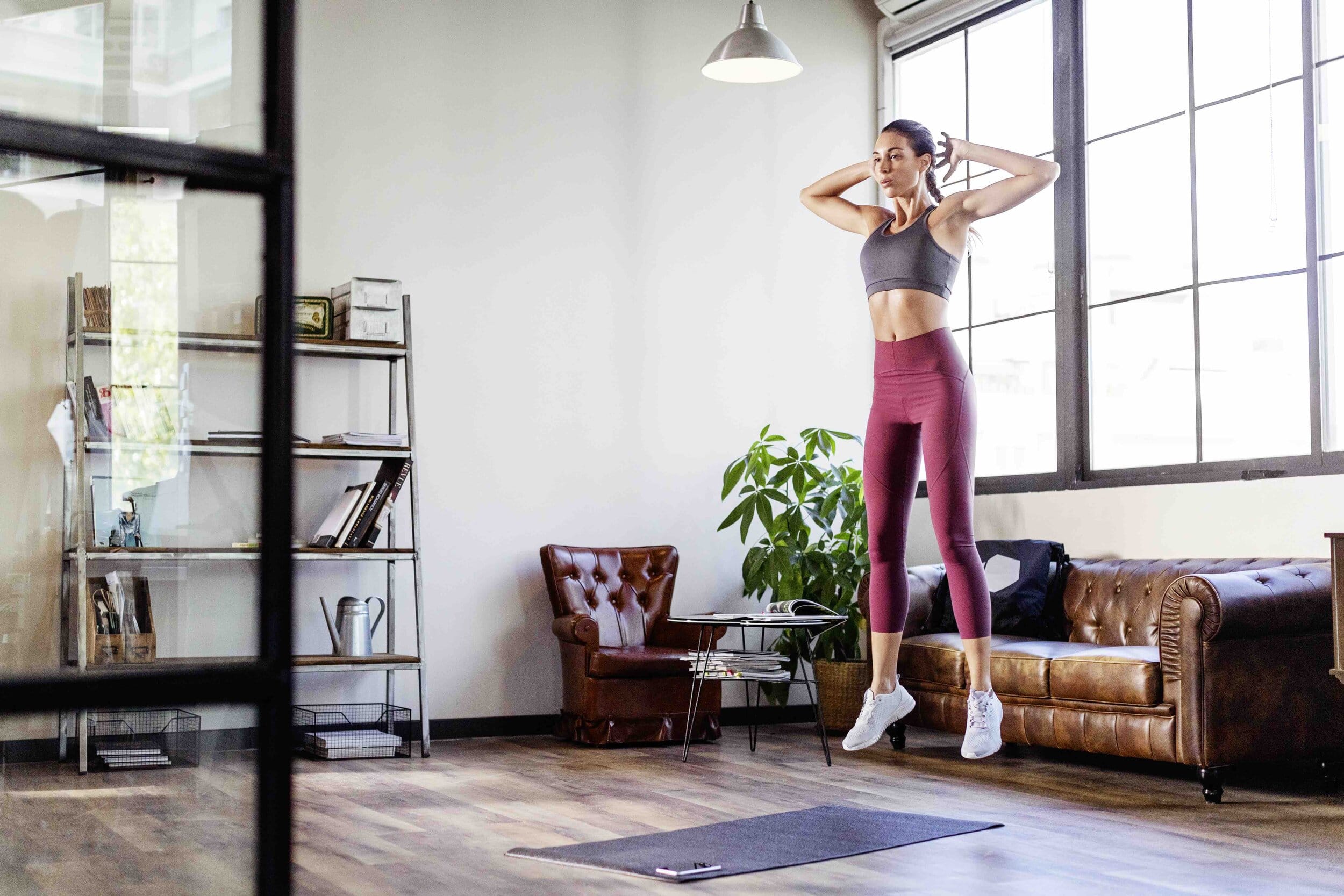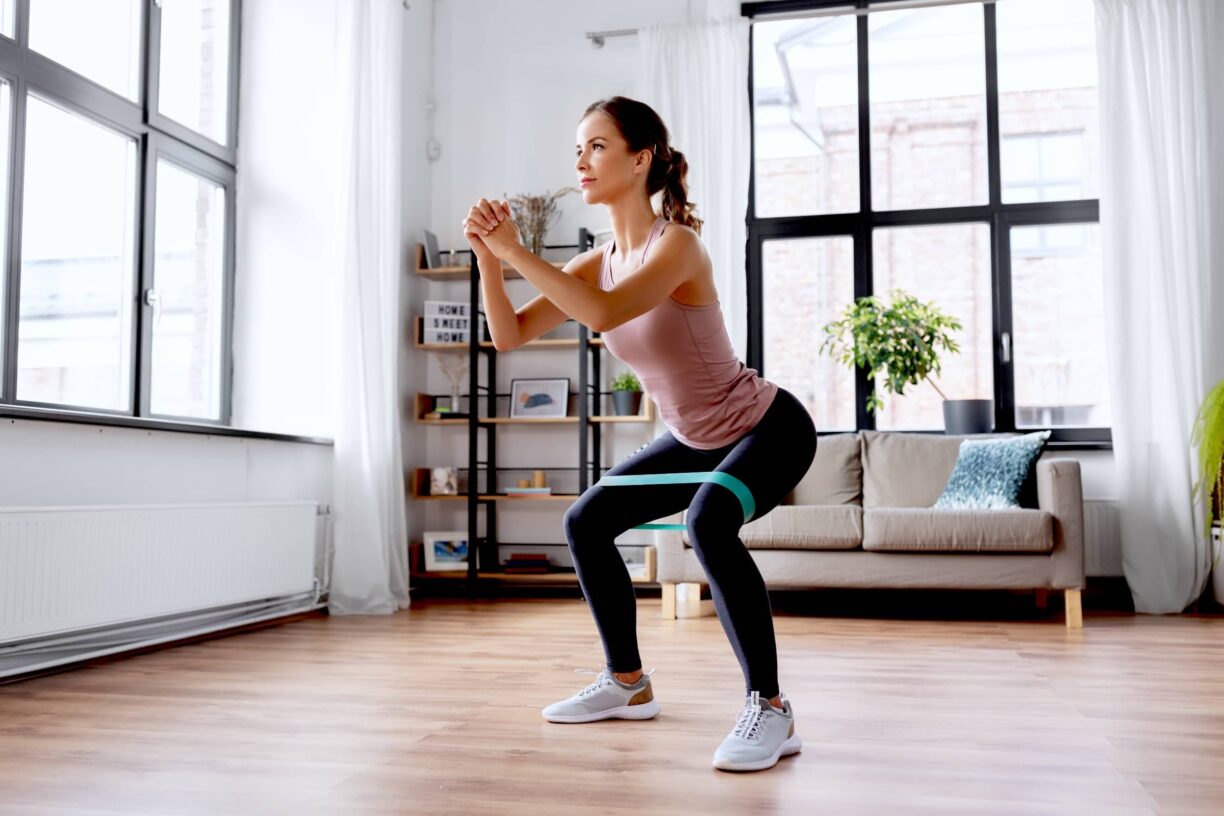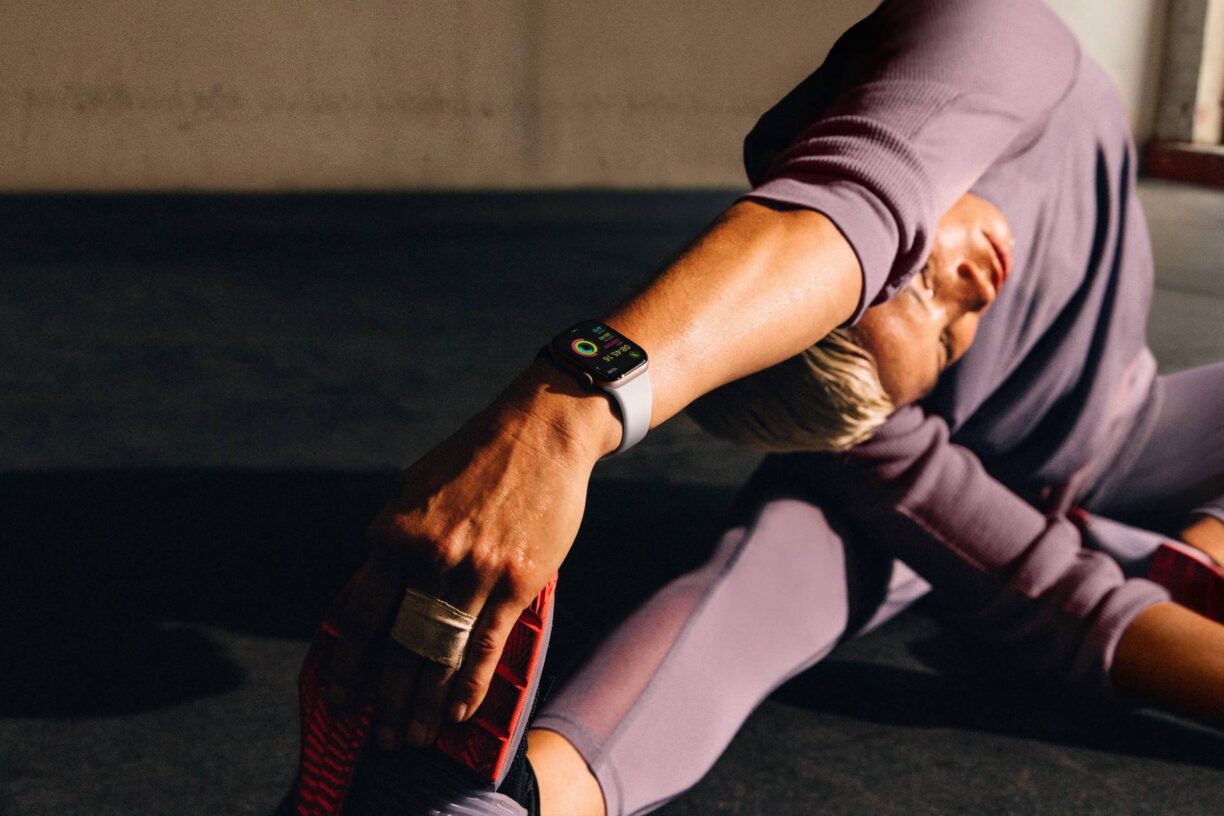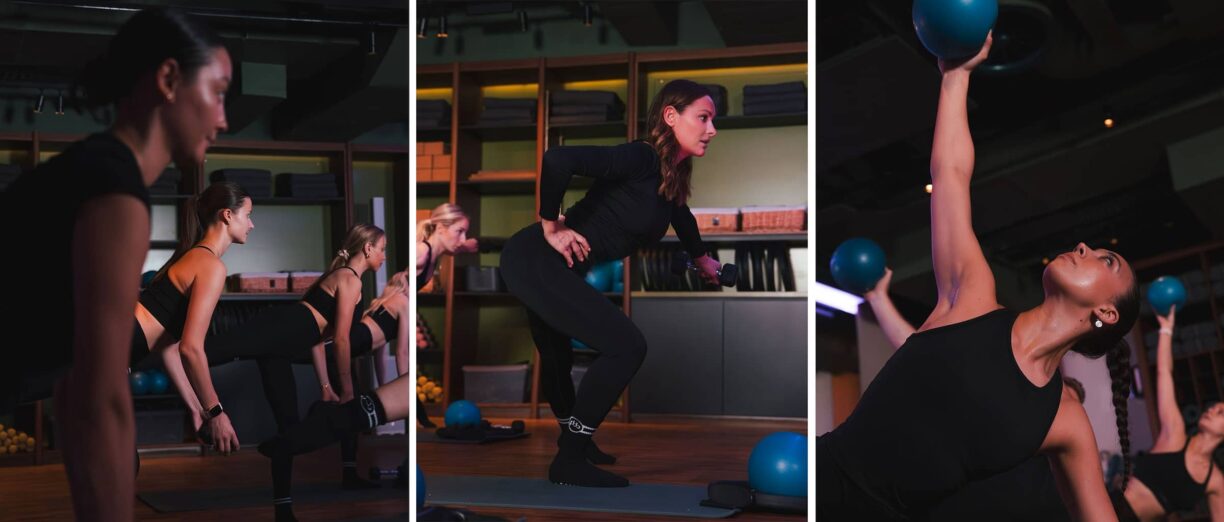What should a HIIT workout consist of in an ideal world, i.e. how many sets, seconds of work/rest and how many days a week?
HIIT workouts are usually split into a short intense level of exercising followed by a period of rest, usually using the following times: 20s on, 10s off; 30s on, 30s off: or 45s on,15s off, with each session usually lasting between 20-45 minutes.
You can split your session either by doing different exercises and then repeating that set a number of times, for example;
5 rounds of
20x sit ups
20x Russian twists
30s bicycle crunches
30s plank
60s rest
Or choosing around 5 exercises and doing them for 5 minutes each and then moving onto the next exercise, for example;
Squat jumps 20s on 10s off for 5 minutes
Push-ups 30s on 30s off for 5 minutes
Side lunges 45s on 15s off for 5 minutes
Burpees 45s on 15s off for 5 minutes
Mountain Climbers 45s on 15s off for 5 minutes
You should aim to do HIIT training around 3 times a week, because of its intensity your body needs around 24 hours to recovery between each HIIT session.
What are the physiological benefits of a HIIT workout – why do we bother doing interval training, what does it really do to muscles/fitness levels?
HIIT is now one of the most popular forms of training. This is because it has shown great benefits on your metabolism, and is also incredibly beneficial for those looking to reduce body fat, or who are worried about the fat stored around their middle, which could indicate higher insulin levels. Insulin is the hormone that regulates the levels of glucose in the blood, which could result in weight gain when the cells absorb too much glucose, converting it into fat.
The healthy stress your body undergoes during HIIT sessions triggers autophagy. Which, put simply is the process your body goes through to clean out damaged cells and regenerate newer and healthier cells. This helps the body achieve optimum health, as well as being anti-ageing.
What’s the ideal heart rate for a good HIIT workout – what should you be aiming for in work/rest sections? Is this something you should monitor closely for better results?
Because HIIT training involves short bursts of exercise followed by a short period of rest, your heart rate should be between 70 and 90 percent of your max heart rate (MHR = 220-age). In rest, your heart rate should be 50 and 60 percent of your max heart rate.
It is always good to monitor HR. This is because it will motivate yourself you push yourself harder. If you’re able to see the effort you’ve put into a workout and you can see yourself getting into the red zone and are hitting the target, you will be aware of the effort your putting in and making sure you stay in that zone.
Do you have to significantly lower your heart rate in rest sections?
Not necessarily. HIIT training can be a combination of any ratio of exercise to rest and with training systems such as HIIT which requires high intensity, it is often the case that your heart rate will often not have time to slow down/regulate before beginning the next exercise. The higher you keep your heart the more intense your workout will be and the more calories you will burn.
Can you tell us more about EPOC – what does this mean?
EPOC stands for Excess Post-exercise Oxygen Consumption. In other words, this is the state following your workout where your body is still pumping an excess amount of oxygen around your body to aid in muscle recovery. During this period of time your body’s heart rate is still high and therefore still burning calories.
How many calories do you really continue to burn post-workout, and over what period of time?
The calories your body is still burning is not an exact science so it will not be the same for everybody nor the same after each workout. But, in general HIIT burns more calories during and after a workout than continuous aerobic training. This is because the bursts of increased intensity simply increases calorie expenditure and thus, more total calories are burned, aiding in better body composition.
This also means that you burn more calories after you finish exercising (usually about two hours after), adding to the greater caloric burn. Exercise post-oxygen consumption is the body’s natural ability to return to homeostasis after exercise. With HIIT, the total calories burned is greater in EPOC than with continuous low intensity exercise.
What’s the one common mistake you see women making when it comes to a HIIT workout?
Intensity is the main aspect of HIIT, yet one of the biggest mistakes people make during HIIT training is by doing longer sessions, but not working out at their highest potential.
The whole idea of training is that your body is working out at a higher intensity for a shorter amount of time, so when people attempt HIIT sessions that last an hour (or sometimes more), the effects of the intensity training tapers off towards the end of their session because they can’t keep it up. So, it would be more beneficial to keep your HIIT sessions short and your heart rate up.
Is it better to do HIIT fasted or having had something to eat?
There is conflict over whether eating before you work out or not. However, the science is that your body requires energy to move, so working out completely fasted will be harder on your body than if you have something small to eat, such as a piece of fruit.
How can you boost your EPOC for an even better workout? Any top tips, e.g. specific moves, muscle groups to target, or type of workout if not HIIT?
Heavy lifting or strength training, such as legs days, squats and deadlift will boost your EPOC period. This is because, as your muscles power up, your HR shoots up, supplying your muscles with blood and oxygen.
When lifting something heavy, we tend to exhale, which causes us to be short of breath. So, after you exert energy into the movement, your body hasn’t taken in enough oxygen. Then, when you let go of the weight and finish the exercise your body has to essentially ‘catch up’ on the air and oxygen that was lost. This boosts your EPOC due to the short period of time there was oxygen deficit.
Can nutrition affect EPOC? If so, what should you eat/avoid?
Nutrition is a massive factor in all forms of exercise. However, in the case of EPOC, studies have shown that it is not just about what you eat, but how much you eat and when you eat. For example, if you have a healthy and bigger breakfast, it will boost your insulin levels and therefore burn more calories throughout the day.
Is Tabata something you should try if you are bored of your regular HIIT workouts? How does this differ to regular HIIT?
Tabata involves a very similar construct to regular HIIT training, however, Tabata strictly involves 20 seconds of activity, followed by 10 seconds rest. It’s usually done for eight rounds and lasts four minutes.
Four minutes might not sound like much, but as you are required to give 100 per cent effort during the workout time it’s not uncommon to be completely breathless and seeing stars by the end of it.
There are various forms of HIIT and Tabata is the most advanced and intense version there is. This is extreme work with very little rest which makes it one of the most effective workouts in the HIIT category for burning body fat.
If HIIT training is becoming too mundane for you Tabata is a great alternative, as its shorter but still gets your heart rate up.
If you feel sore after a HIIT workout, what are your top tips for easing DOMS?
Stretching and water intake are by far the best solutions for easing DOMS.
Stretching before and after a workout will ensure that your muscles have an efficient amount of blood flow which will reduce muscle soreness. Secondly, without enough water, your muscles are not getting the electrolytes you need to maintain balance, which results in weakening strength and control, and even dehydration.
What’s the one thing you can do for a better HIIT workout, especially without access to a gym/gym class?
One thing you can do for a better HIIT workout is by combining it with pure cardio training such as running or cycling.
Without access to a gym, what are some simple pieces of kit people can buy to boost their at-home HIIT workout?
A good range of dumbbells and a mat are the best additions to your HIIT training. The dumbbells don’t have to be heavy, weights ranging from 2kg to 5kg are usually enough, but if you want to push yourself a bit further, trying including 2kg, 4kg, 6kg and 8kg weights – any heavier and you’re at risk of injury.





